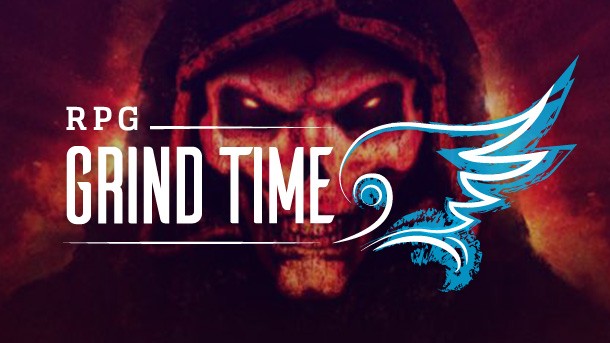Please support Game Informer. Print magazine subscriptions are less than $2 per issue
RPG Grind Time – Beating 'Em And Tedium: The Best And Worst Of Dungeon Crawlers

As an RPG fan, I’ve played my share of dungeon crawlers over the years. After all, they were formative to the genre’s beginnings with Wizardry, The Bard’s Tale, and Megami Tensei. Being thrown into a dungeon rife with enemies, using only your wits to survive while seeing your progression play out before you is quite satisfying. These games have always required a large amount of repetition and grinding, which have turned some away from this type of experience in more recent years. I have mixed feelings about the state of the subgenre. Dungeon crawlers are full of highs and lows, and to continue to thrive, they must evolve and do some things better.
To me, a good dungeon crawler has to have a mix of meaningful progression, dungeon variety, and satisfying gameplay. You always need to feel like you’re advancing to keep delving deeper into these landscapes. Diablo is one of the best at this, as you hack-and-slash away at enemies, loot is judiciously doled out, giving you a chance to pick up better items. Better yet, if there’s customization, nothing feels better than putting brand-new shiny gear on your character. Destiny, while not a dungeon crawler, is also a great example of this for how it keeps you coming back to show off the rarest items. More developers should take note on how this carrot-on-a-stick engages players and implement it into their design of these types of games. When dungeon crawlers take too long to make you feel like you’re progressing, they fail, such as Elminage Gothic, which was so unforgiving with one-shot kills alongside never giving you enough of anything to keep you going.
In some cases, repetition can feel comforting, but most of the time it’s a recipe for tedium, making it hard to muster the will to carry on. One of the biggest knocks I have against dungeon crawlers is the actual dungeon design. These areas should be interesting to explore and have their own special quirks to make each area distinct from the next. I loved Persona Q: Shadow of the Labyrinth for this very reason. Not only did it have fun dialogue and character interactions as you explored, each area had its own theme and matching events. For instance, a romance-themed area had questions to answer, which paired you up with a fellow character. Another Japanese horror-themed dungeon had FOE minibosses, which were terrifying babies that lunged at you, forcing you to study their patterns to avoid them. Too many times, dungeon crawlers rely on generic settings – I want to feel excited about what’s ahead, not going through the motions in another humdrum zone.
Gameplay is a cornerstone in any game, especially hefty RPGs, but in dungeon crawlers it is the experience. This is why these games should have unique attributes or introduce you to new elements at a steady rate. My biggest issue with the latest Etrian Odyssey game was that I didn’t get to my impressive powers until I invested around 20 hours into the game. That means every battle up to that point was a near-facsimile of the previous. Returning to the challenging Etrian Odyssey combat was novel for a bit, but lost its luster quickly after repeating the same things constantly. Darkest Dungeon is a shining example of how adding a new element can make an experience feel fresh. The game has you constantly weighing your resources and evaluating your risks, and it also has stress levels factor into your sanity as you explore a strange estate. A full stress bar could work in your favor, allowing your character to have a heroic moment, but more times than not it could lead to characters injuring themselves or becoming unresponsive to your orders. This added a new layer of strategy and unpredictability to combat.
All of this should be wrapped up in satisfying boss fights that allow you to prove your mastery of the system. A big, memorable foe must await to prove your mastery and make all the grind worth it. This is my favorite part of the Etrian Odyssey games, where I can put my skills to the test and survive the hardest foes. Shining in the Darkness is an example of how not to do this; bosses were just stronger enemies without any interesting mechanics or abilities.
I enjoy a good dungeon crawler, but I notice many falling into the pitfalls I discussed above. Dungeon crawlers definitely have room for evolution, and this must happen for them to stand out. As such, I figured this would be a great discussion to have. I still think there are some great ones out there, but the gaps in quality from the top down are evident. I’d like to see more make a mark rather than get the same standard, generic experience.
What are some improvements you’d like to see to dungeon crawlers? What do you think they do well and not so well?











